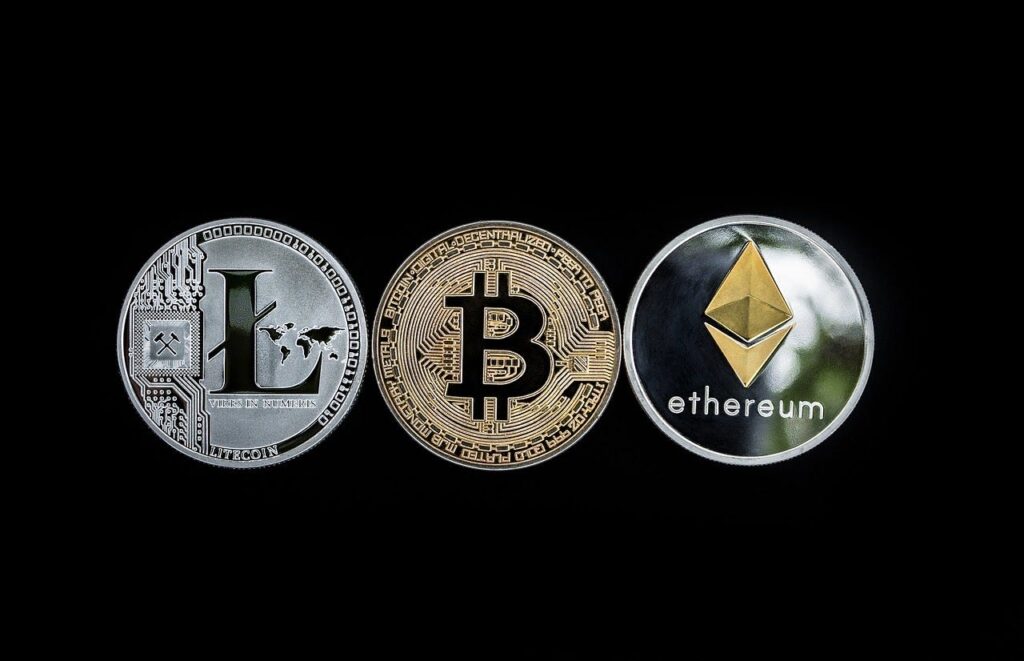Before cryptocurrencies were introduced, computers used the P2P method to process file sharing.
When two individuals or entities decide to exchange any asset directly between each other, this process is referred to as peer-to-peer (P2P) trading. In these transactions, the need for a mediator is eliminated, which reduces the fee of this mediator, hence making the process of transactions more cost-effective.
Before cryptocurrencies were introduced, computers used the P2P method to process file sharing. Now, crypto assets can be exchanged directly between two parties – bringing the element of decentralization to financial transactions.
Satoshi Nakamoto, the anonymous creator of Bitcoin, had intended to reduce reliance on centralized organizations like banks to process financial transactions between two or more entities. To do so, Nakamoto created Bitcoin as the world’s first cryptocurrency, capable of processing financial transactions and getting them validated on encrypted blockchains rather than from a centralized intermediary.
P2P crypto exchanges are more private than traditional transactions and are largely anonymous. To complete a pure P2P crypto transaction, one party enters the wallet details of the other one to process the transaction.

In order to simplify this process even further alongside adding a layer of security to these transactions, crypto exchanges came into the picture. However, despite smartly worded advertisements, crypto exchanges do not perform P2P transactions. These firms fall under the regulations of the countries they are operating in.
Satoshi Nakamoto, the anonymous creator of Bitcoin had intended to reduce the reliance on centralised organisations like banks – to process financial transactions between two or more entities. To do so, Nakamoto created Bitcoin as the world’s first cryptocurrency, that could process financial transactions and get them validated on encrypted blockchains rather than from a centralised intermediate. P2P crypto exchanges are more private than traditional transactions and are largely anonymous.
To complete a pure P2P crypto transaction, one party enters the wallet details of the other one to process the transaction. In order to simplify this process even further alongside adding a layer of security to these transactions – crypto exchanges came into the picture. It is, however, noteworthy that despite smartly worded advertisements, crypto exchanges do not perform P2P transactions. These firms fall under the regulations of the countries they are operating in.

















